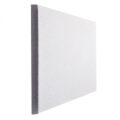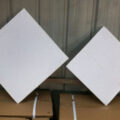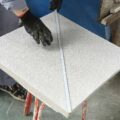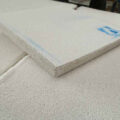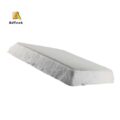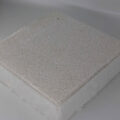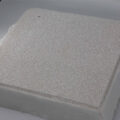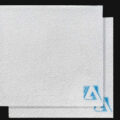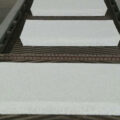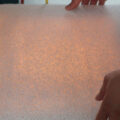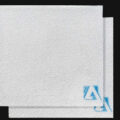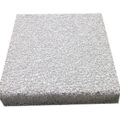A lot of practice shows that the use of foam ceramic filter material can remove inclusions, improve the structure of castings, improve the mechanical properties and pass rate of castings, improve the processing performance of castings and reduce machining costs.
Foam ceramics have a good filtering effect and no pollution to the alloy. However, if the application method is improper, not only the expected effect will not be achieved, but it will bring trouble to the production and even increase the rejection rate of castings. Pay attention to the following points when selecting.
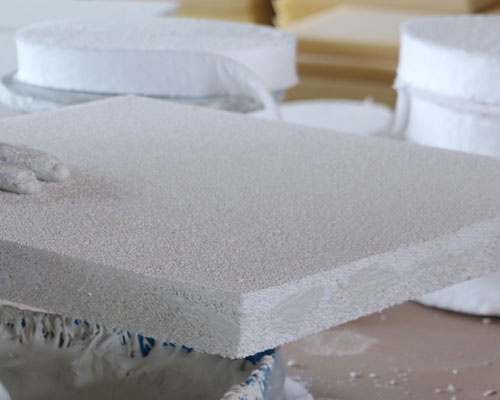
Selection of Foam Ceramic Filter Material
The material of the ceramic foam filter is selected according to the type of casting alloy and pouring temperature. Zirconium oxide is generally used for steel castings, silicon carbide is generally used for iron castings, silica gel is used for large steel and iron castings, alumina is generally used for aluminum alloys, and magnesia is generally used for magnesium alloys.
According to the mechanism of foam ceramic filtration and purification, in order to make it fully play the role of purification and to withstand the impact of high-temperature metal flow, the filter must have a certain thickness to prevent the filter from burning through. Burning through the filter will artificially add slag and cause the casting to be scrapped.
In casting production, the ceramic foam filter can be placed horizontally at the bottom of the sprue, horizontally or vertically in the runner and the sprue. For vertical parting, the filter can be placed on the side of the sprue. In order to avoid turbulent flow of molten metal, the gating system is generally designed as a semi-closed or open type, and due to the filter’s flow resistance, the size of the relevant unit of the gating system must be increased.
The filtration and purification of molten metal in casting production has shown great effects. With the high requirements of aluminum alloys, the use of molten metal filters for casting will be greater.



